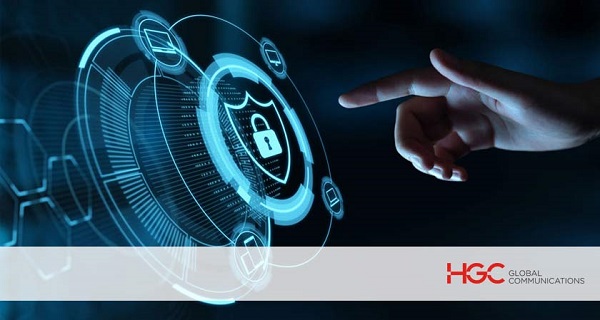Contributed by Wong Hung, Vice President – ICT Solution & Partnership, HGC
As mass vaccination campaigns against the pandemic take off worldwide, the “new normal” is anything but the pre-pandemic normal. Reports show an abundance of companies scaling down office space because of the now more widely accepted remote working lifestyle, telemedicine and virtual education, which are here to stay. Several retail outlets moving brick-and-mortar operations to digital. The massive spending on online shopping has not abated and many are accepting that our lives will be lived more remotely.
A recent McKinsey & Company report that investigates the trends around digitalization acceleration and the turbo-charging speed the pandemic has brought upon different industries has found that digital customer interactions have accelerated the equivalent of three years in the last year alone, while the share of products and services partly or fully digitalized, have advanced the equivalent of seven years.
For the office, with the continued work-from-home (WFH) arrangements, the blurred lines of IT support and workplace boundaries have become increasingly distressed and complex. Be it because of the use of employees’ own devices at home under bring your own device (BYOD) motto that is extending corporate networks to the home; or the rise of mixed use of office laptops at home. As a consequence, security risks have grown exponentially, and according to Deloitte, 35 percent of cyberattacks during the pandemic have used previously unseen malware or methods. This represents a significant surge from the pre-pandemic levels of 20 percent.
Exponential growth of cyber threats during COVID-19
The growing dependence on remote work, online entertainment, and virtual socializing, has resulted in an increased threat of being exposed to the risks of cyberattacks. The most common scams encountered include phishing attacks, often inadvertently exposing a company to ransomware attacks. Every week we are confronted with media reports of yet another new threat, a new victim or even cautionary news from security vendors and the International Criminal Police Organization (Interpol).
According to Interpol’s assessment of COVID-19-related cybercrime, as many as 907,000 spam messages, 737 incidents related to malware and 48,000 malicious URLs have been recorded over a 4-month period from January to April 2020.
Laying the foundation of cybersecurity strategy with digital risk management, enterprises continue to enhance their network security from the ever-present threat of hackers, corporate espionage and even script kiddies – hacking beginners – with a desire to test newfound hacking skills. Many IT vendors recognize the significance of user centric tools and policies, such as security training, phishing assessment and identity management for enterprises in order to protect against targeted phishing attacks and concerted identity theft.
The industry continues to develop new cybersecurity frameworks, with an interesting recent advancement being the accelerated adoption of Secure Access Service Edge (SASE) which combines a stack of security functions delivering security services at the edge of the network. Its main purpose is to enable organizations to apply secure access no matter where their users, applications or devices are located. However, even with all security layers deployed and fortified, human error, such as clicking on an unsuspecting link in a phishing email link, is always one of the most common causes of cybersecurity breaches. From Trojan malware to ransomware attacks, they have become a launchpad for an impersonation scam on other unsuspected targets in the company.
Embarking on your cybersecurity journey with HGC
As a comprehensive cybersecurity solution provider, HGC caters to our customers’ needs and has grown its security offerings, covering all aspects of IT security starting with the individual and layering, all the way to the core network and up the stack to the application layer.
Providing the best-in-class tools and monitoring systems including multiple 7×24 security operation centers (SOC) and digital operation centers (DOC) to support our customers in the ever combat against malicious actors, from consultancy, assessment, user security training and platforms to addressing the new normal threats, we act as a holistic connector by partnering with international enterprises to implement data protection mechanisms, reinforcing their cyber defense and security landscape.
At the end of the day, it all begins with an understanding that the new normal post-pandemic is an ever more dangerous cyber-place to be. Securing and defending against the growing number of threats starts with all of us, especially each individual.
CONTRIBUTED CONTENT









